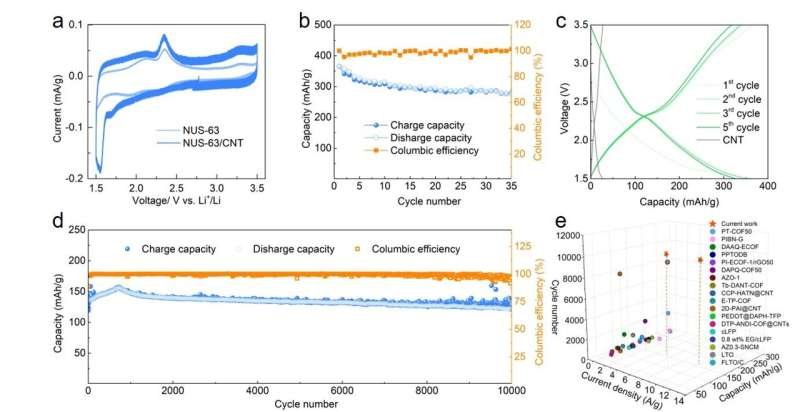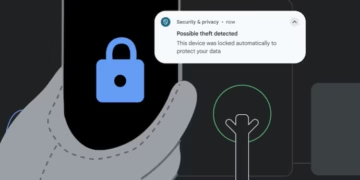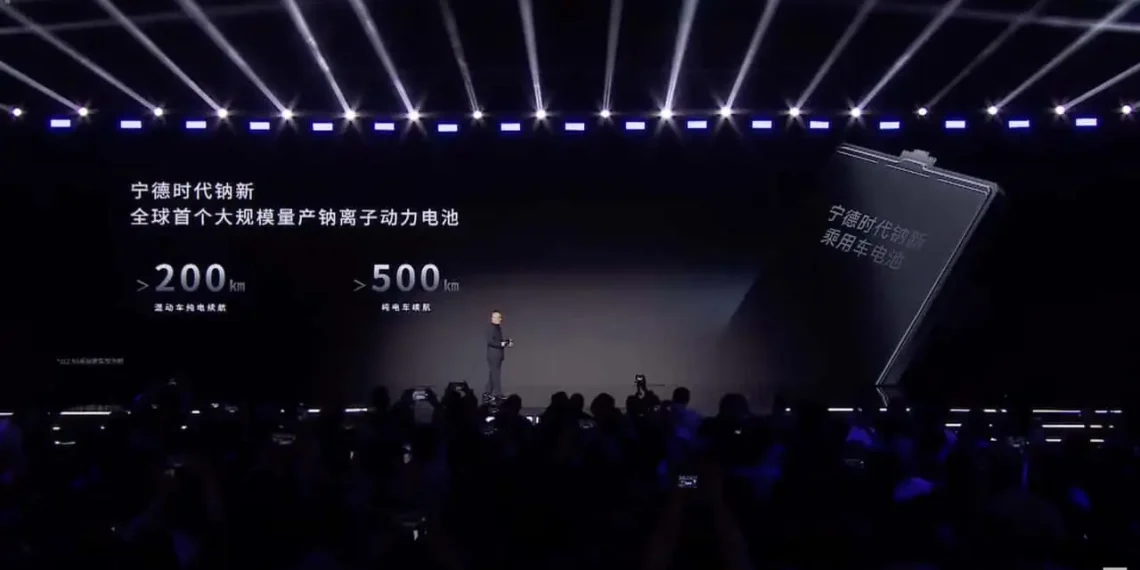Summary of Key Details
Widely Discussed Topics
The Biwatt Powerlake I2 is an advanced sodium-ion battery energy storage system (BESS) tailored for commercial and industrial (C&I) use. With a capacity of 155 kWh, this system stands out for its high energy efficiency and thermal stability, addressing safety concerns common with some other battery technologies. Unlike the lithium-ion batteries often used in similar applications, this system features thermally inert cells, greatly reducing the risk of fire.
The Powerlake I2 is an all-in-one unit, integrating an inverter and energy storage in a singular, streamlined design. It is also engineered to maintain performance in diverse environments, functioning reliably between -30°C to 55°C. Additionally, the system includes fast-switching capabilities, which allow it to transition to independent, off-grid operation within 20 milliseconds, enhancing its utility for backup power during outages.
This innovative energy storage solution demonstrates the potential of sodium-ion batteries in modern renewable energy ecosystems, offering a sustainable alternative to traditional high energy density options.
Frequently Asked Questions

Which Companies Are Key Players in Making Sodium-Ion Batteries?
Several organizations are stepping into the sodium-ion battery market. Emerging leaders include specialized firms and large corporations seeking alternatives to lithium-ion technology. A few well-known names have announced or begun scaling production to target both grid-level and consumer-level energy storage. For deeper insights, this article highlights industry trends.
How Does the Performance of Sodium-Ion Batteries Compare to Lithium-Ion Batteries?
Sodium-ion batteries typically offer less energy density when compared to lithium-ion batteries. However, they stand out in terms of cost-effectiveness, safety, and the availability of sodium resources. The trade-off between energy storage capacity and affordability makes these batteries ideal for specific use cases like stationary energy systems or backup power grids.
What Types of Uses Are Best for Commercial Sodium-Ion Batteries?
Commercial sodium-ion batteries work well for grid-scale storage, renewable energy integration, and backup systems where weight and size are less critical. They are also considered for smaller projects that benefit from their lower maintenance and material costs. Find additional context regarding suitable applications in this discussion of sodium-ion battery potential.

What is the Cost Range for Sodium-Ion Energy Storage Solutions?
Although sodium-ion technology is still developing, early commercial systems appear to be more affordable than lithium-ion options due to the lower cost of raw materials. Costs generally vary based on configuration, capacity, and brand, but the lower reliance on expensive metals like lithium and cobalt makes them an economical alternative.
What Are the Latest Innovations in Sodium-Ion Battery Technology?

Recent advancements focus on improving energy density, extending life cycles, and enhancing the performance of hard carbon electrodes. Researchers are also exploring new materials to optimize charging efficiency. For example, studies on hard carbon are highlighted on this platform.
How Can Investors Assess the Value of Companies Producing Sodium-Ion Batteries?
Investors can evaluate sodium-ion battery manufacturers by examining their production scalability, partnerships, and research efforts. Paying attention to their ability to capture market share in applications like grid storage can offer clues about future performance. Keeping track of trends shared in market insights also helps in understanding industry growth and demand.





































